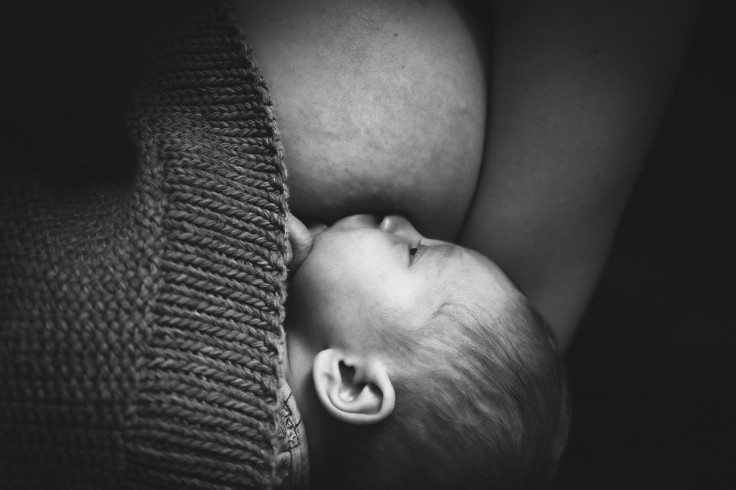
A mother's body is a new baby's only natural and healthy environment. Thus, mothers are called to rip off the clothing that stands between them and their babies and go skin-to-skin literally.
"The very best environment for a baby to grow and thrive is the mother's body. When placed skin-to-skin on the mother's chest, the baby receives warmth, protection and food, and its brain can develop optimally. The mother's skin is the baby's natural environment, and both physically and emotionally the healthiest place for the baby to be," stated Dr. Nils Bergman, a Swedish physician specializing in Kangaroo Mother Care (KMC) in South Africa.
He expressed that a newborn baby's two critical sensory or brain needs are smell and contact. Mothers should know that not feeding their babies enough and leaving them to sleep alone after feeding can result in the babies getting colic. Furthermore, maternal absence can double babies' cortisol or the "toxic stress" level.
Thus, skin-to-skin contact is vital, especially in the first one thousand days of the baby's neurodevelopment or brain wiring. Simply said, brain development is benefited and "normalized" in skin-to-skin contact. Moreover, the baby should ideally stay skin-to-skin with a breastfeeding mom for the first one thousand minutes after birth.
Kangaroo Care and zero separation
Hospitals would ensure that mother and baby are together only for the first-hour post-birth. However, Dr. Bergman declared that the first one thousand minutes is the most significant time for mother and baby to have "uninterrupted skin-to-skin contact and togetherness."
There should be "zero separation" for the first 16 hours or practically the first day and night of the baby after its birth. Through this, they can synchronize their wake-sleep time, learn each other's body language, and the pathways of their brains become coordinated and stronger. This is what authentic bonding is all about.
Dr. Bergman discovered the power of zero separation and skin-to-skin contact after working in a rudimentary maternity unit in Cape Town, South Africa, where premature babies have no access to incubators. He encouraged the mothers to practice what he labeled "Kangaroo Care," a process of early skin-to-skin contact that encourages healthier breastfeeding relationships and protection of the mother-child dyad.
His team was amazed at the results. There was a 40 percent increase in the survival rate of premature babies. More than that, they saw that babies who were close to their mothers in their early moments of life have a thriving social and emotional intelligence.
Here are the other benefits of skin-to-skin contact for babies and mothers:
1. It calms the baby, lowering blood pressure and reducing crying.
2. It populates the baby with the mother's microflora which is great for their "microbiotic" health and immune system.
3. It stabilizes the blood sugar of the baby.
4. It helps the baby adapt to its mother's healthy respiratory pattern, which contributes to safer sleep and optimal development.
5. It regulates the temperature of the baby.
The beauty of skin-to-skin contact is so much more than what it can do for babies because it is beneficial to mothers as well.
Here's how it can benefit the mothers:
1. As it reduces stress for the baby, it also reduces stress for the mother.
2. It lowers possible post-C-section complications.
3. It helps reduce the risk of postpartum depression.
4. It supports the development of healthy skin flora.
Related Article: The Golden Hour: Nuancing the Immediate Skin Contact After Birth